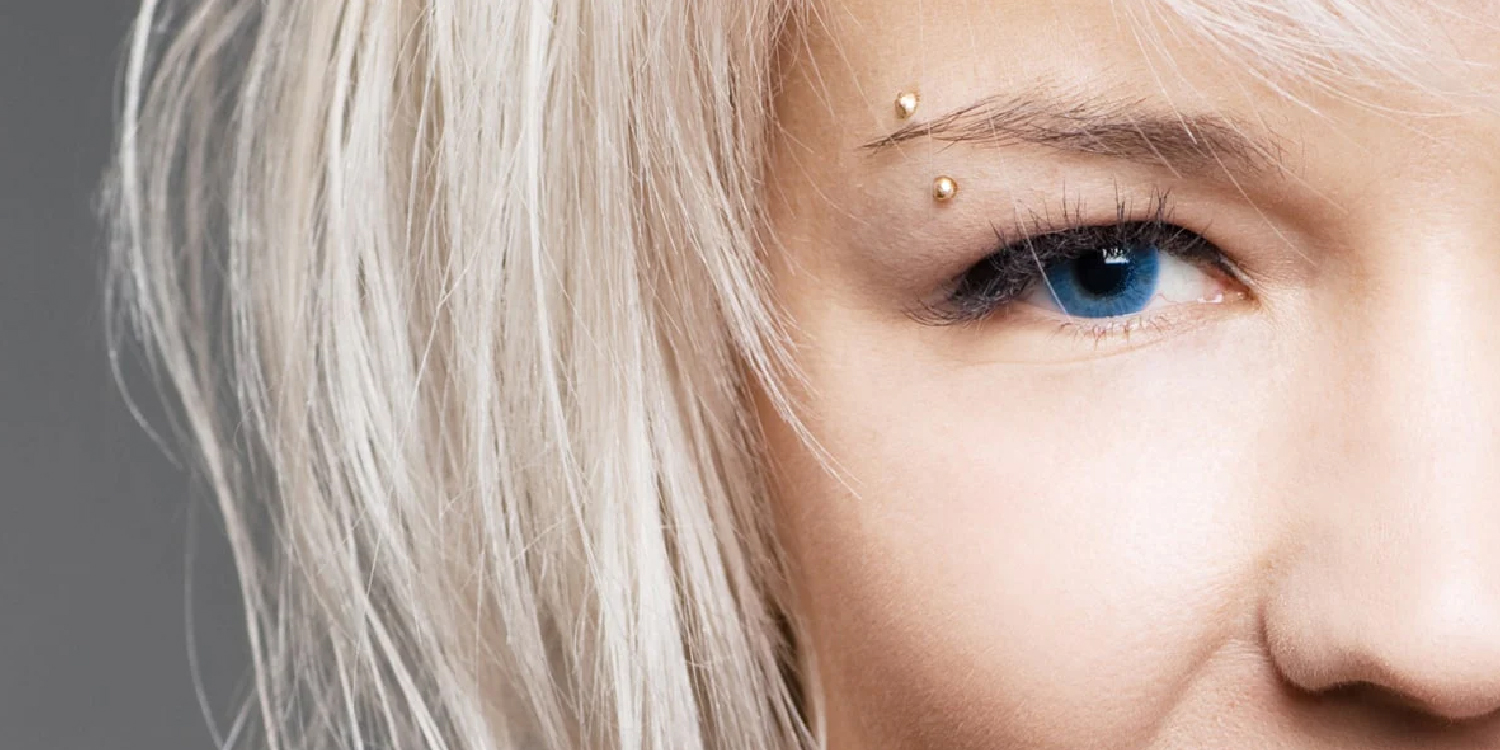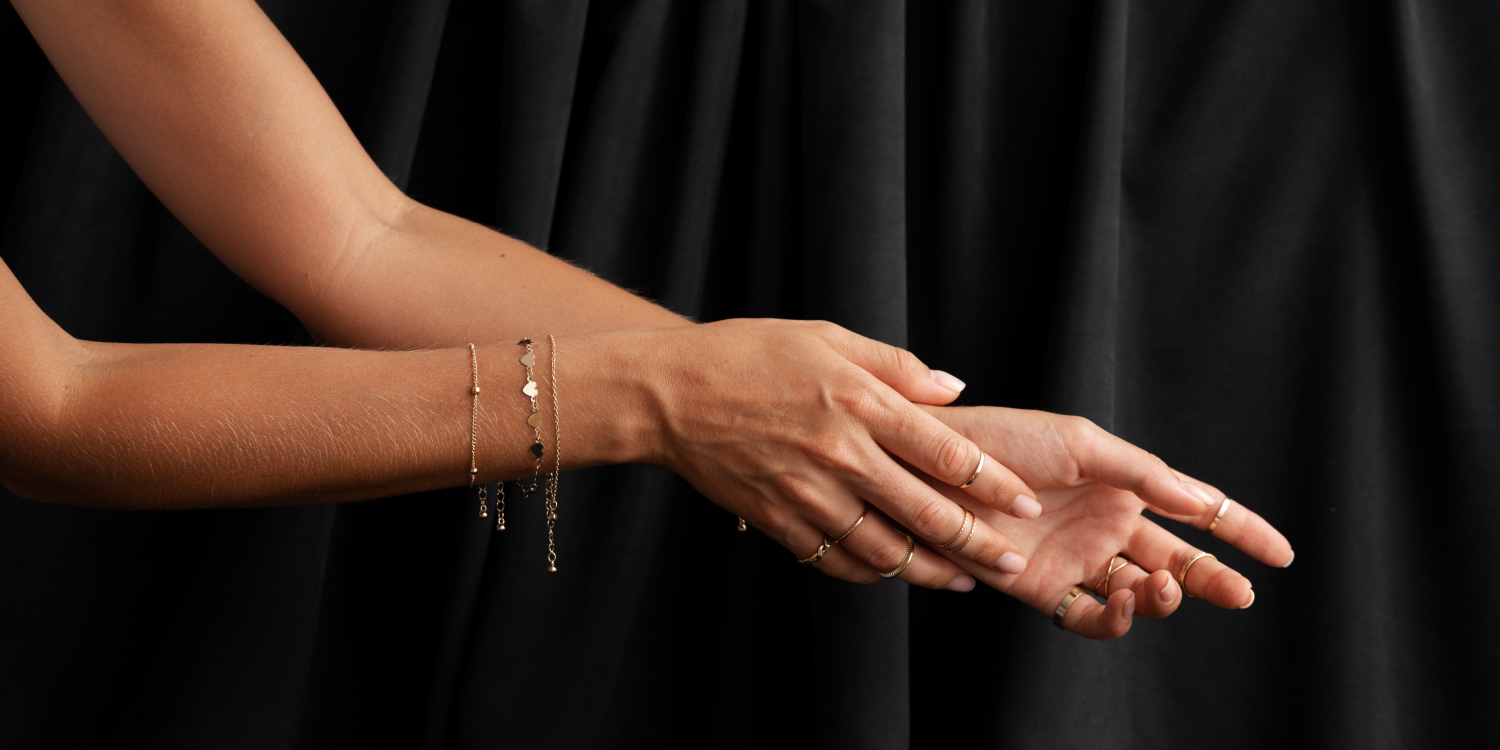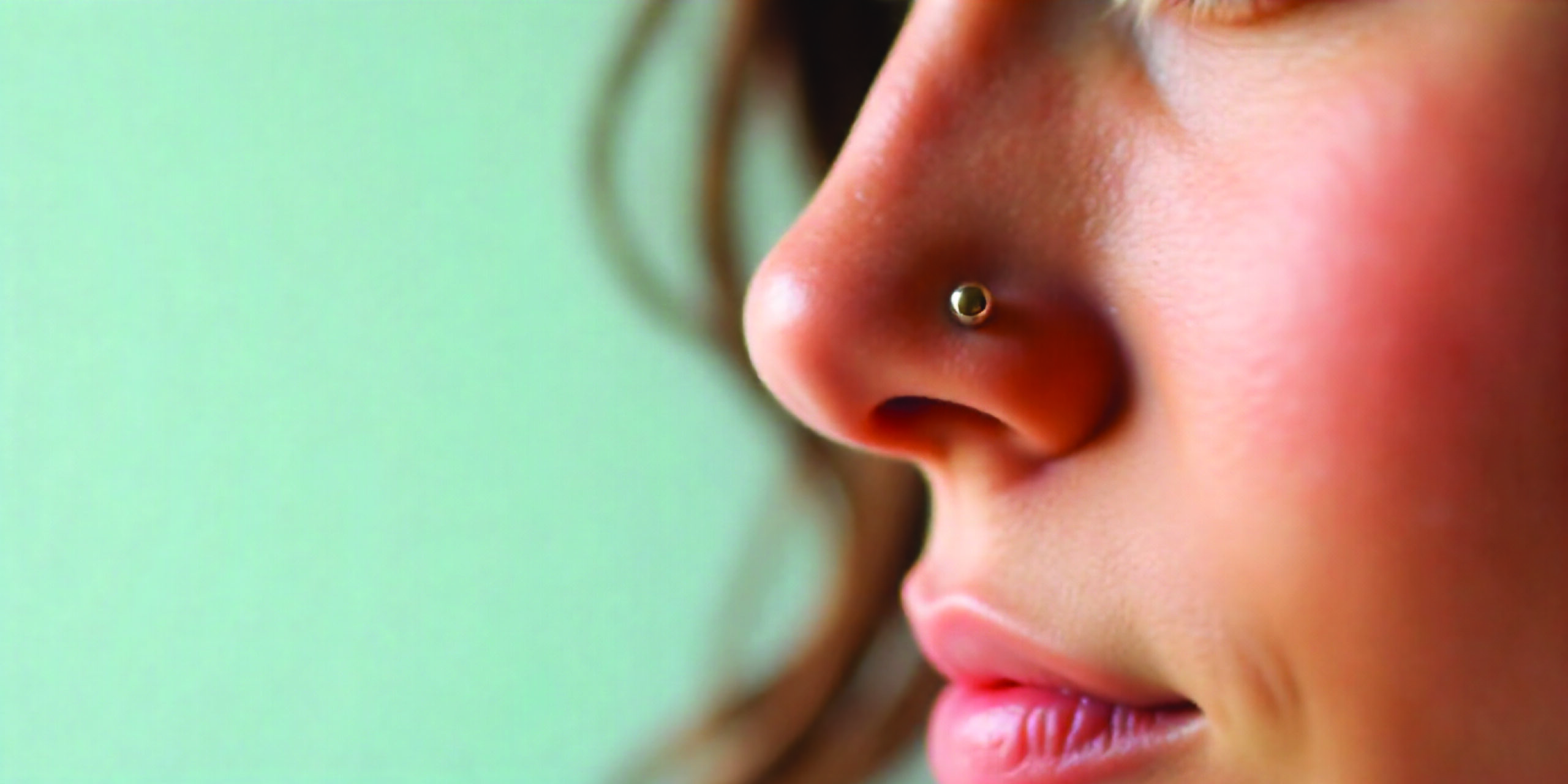Industrial piercing, also known as scaffold piercing, is a popular type of ear piercing that involves two piercings connected by a single piece of jewelry. While it may look stylish and edgy, industrial piercing is not for everyone. If you’re considering getting an industrial piercing, here’s everything you need to know.
Industrial Piercing: why so popular
Industrial piercing, also known as scaffold piercing, has become increasingly popular in recent years. There are several reasons why this piercing has gained such a following among body piercing enthusiasts.
· Unique and Edgy Look
Industrial piercing offers a unique and edgy look that sets it apart from other types of piercings. With two or more piercings connected by a single barbell, industrial piercing stands out as a bold and eye-catching addition to any look.
· Versatile Placement
Industrial piercing can be placed in various areas of the ear, including the upper cartilage, making it a versatile option for those looking to add more piercings to their ear. The placement of the piercing can also be customized to suit the individual’s anatomy and desired aesthetic.
· Expression of Personality
Body piercings are often used as a means of self-expression and industrial piercing is no exception. With a wide range of jewelry options available, from simple and understated to elaborate and ornate, industrial piercing offers a unique way for individuals to express their personal style and individuality.
· Popular among Celebrities and Influencers
Industrial piercing has gained popularity among celebrities and influencers, leading to increased interest and curiosity among the general public. Many well-known figures, such as Emma Watson, Scarlett Johansson, and Rihanna, have been seen sporting industrial piercings, further cementing its popularity and status as a trendy and fashionable piercing option.
The Basics of Industrial Piercing
Industrial piercing is a unique type of ear piercing that involves the piercing of the cartilage in the upper ear. It is a popular type of piercing among those who want a more unique and edgy look. Industrial piercing is also known as scaffold piercing or construction piercing. In this article, we will go over the basics of industrial piercing, including the procedure, aftercare, and risks.
Procedure
Industrial piercing involves two holes being made in the cartilage of the upper ear, which are then connected by a single piece of jewelry. The piercer will mark the two points where the holes will be made and ask for your approval before proceeding. The piercer will then use a hollow needle to create the holes, and then insert the jewelry into both holes.
The jewelry used in industrial piercing is typically a straight barbell, which connects the two holes. The barbell can come in different materials, such as surgical steel, titanium, or gold, and can be adorned with gems or other decorative elements.
Aftercare
After getting an industrial piercing, it is important to follow proper aftercare instructions to prevent infection and promote healing. Here are some basic aftercare tips:
- Clean the piercing twice a day with a saline solution or a gentle cleanser recommended by your piercer.
- Avoid touching the piercing with dirty hands.
- Avoid sleeping on the side of the piercing for the first few weeks.
- Avoid swimming or submerging the piercing in water for the first few weeks.
- Avoid changing the jewelry until the piercing is fully healed, which can take up to six months.
The Healing Process
The healing process for industrial piercing can take up to six months or longer. During this time, it’s important to take care of the piercing by cleaning it regularly with saline solution and avoiding touching or twisting the jewelry. You should also avoid swimming, wearing hats or helmets, and sleeping on the side of the piercing.
The Pain Factor
Like any other type of piercing, industrial piercing can be painful. The level of pain varies from person to person, but many people describe it as a sharp, intense pain that subsides quickly.
Choosing the Right Jewelry
When it comes to industrial piercing jewelry, there are many options to choose from. Straight and curved barbells are the most common types of jewelry, but you can also opt for a chain or even a cuff. It’s important to choose jewelry that is made from high-quality materials, such as surgical steel or titanium, to avoid any potential complications or allergic reactions.
The Risks and Complications
Like any other type of piercing, industrial piercing comes with some risks and potential complications. These may include infection, bleeding, scarring, and migration of the jewelry. It’s important to choose an experienced and reputable piercer and to follow proper aftercare guidelines to minimize these risks.
In Conclusion
Industrial piercing is a unique and stylish type of ear piercing that can make a statement. However, it’s important to consider all the factors before getting an industrial piercing, including the pain factor, healing process, aftercare, and potential risks and complications. If you do decide to get an industrial piercing, make sure to choose an experienced and reputable piercer and follow proper aftercare guidelines for optimal healing.













